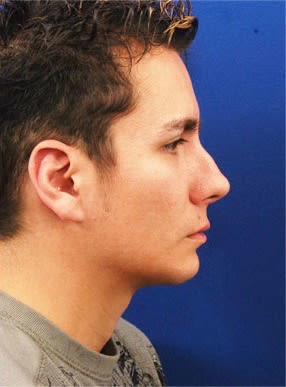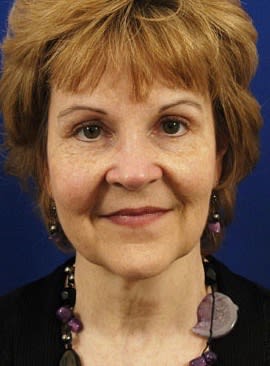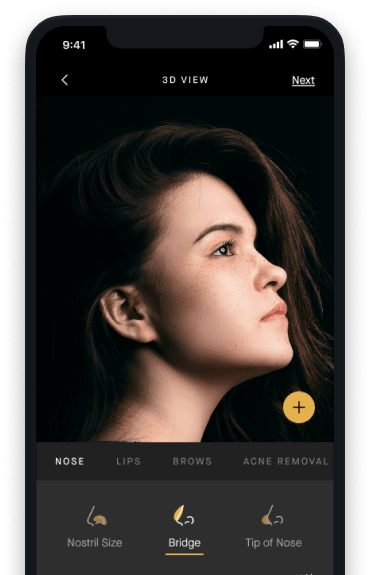About Peter A. Hilger, MD, MS, FACS
Dr. Hilger has been a leader in facial plastic surgery demonstrated by the techniques he teaches, national and international leadership positions, and the thousands of happy patients for whom he has cared. His decades-long career is driven by a passion for patient care and attention to detail that has had a lasting impact on facial plastic surgery.












